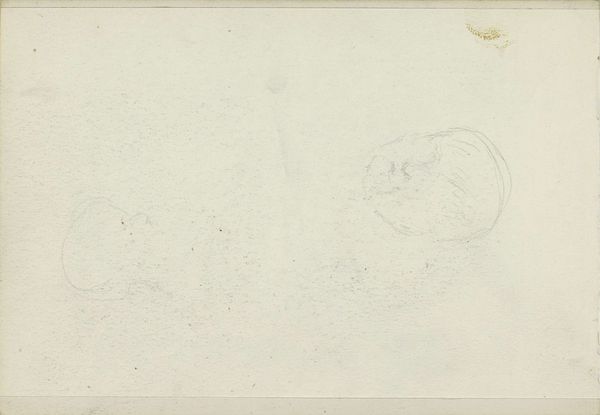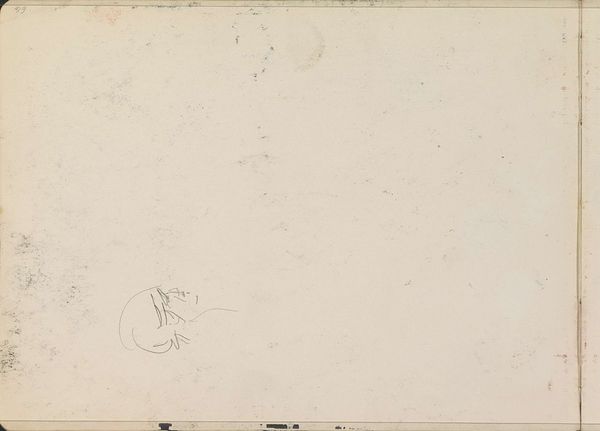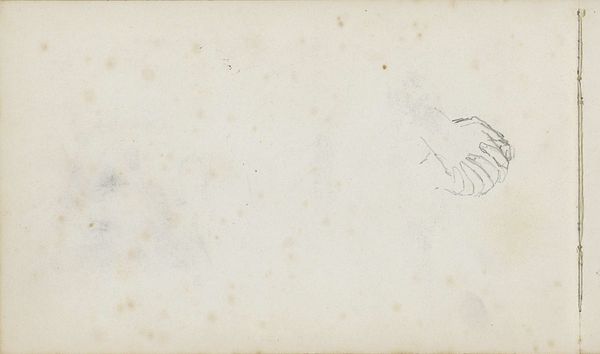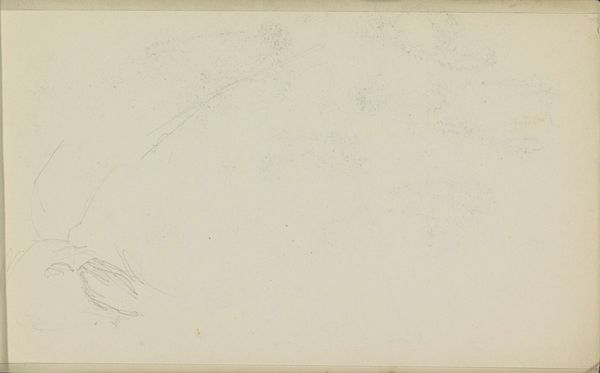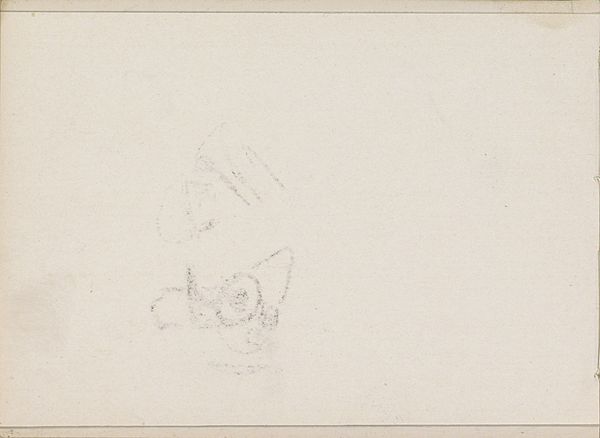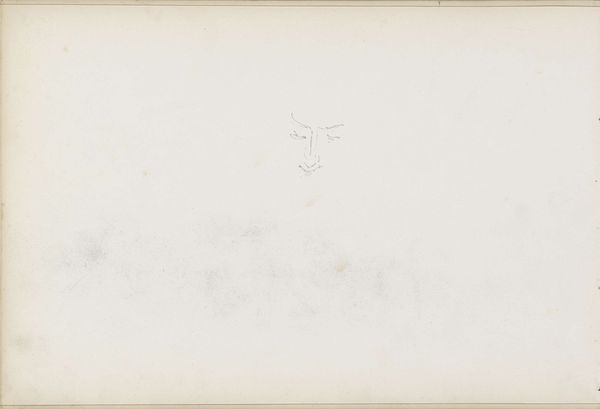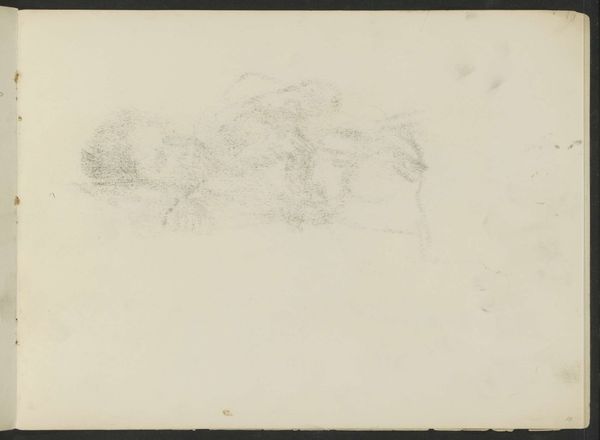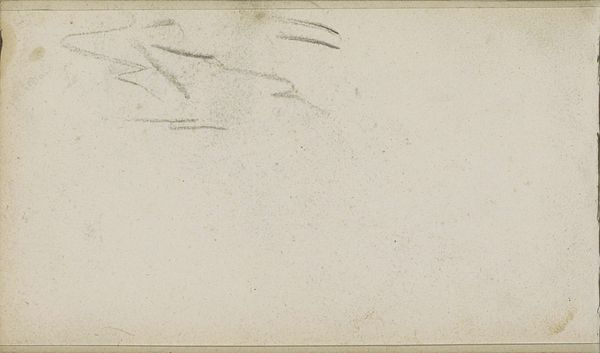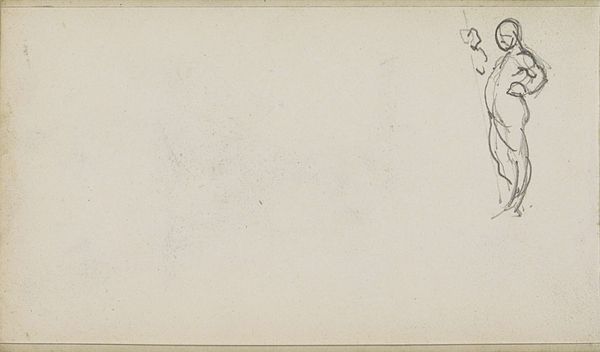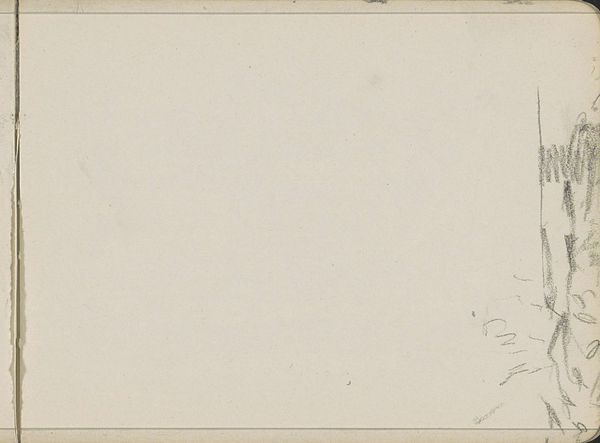
drawing, paper, ink, pen
#
portrait
#
drawing
#
pen sketch
#
figuration
#
paper
#
ink
#
pen
#
realism
Copyright: Rijks Museum: Open Domain
Editor: So here we have "Head of a Man with a Beard and Cap" by Cornelis Vreedenburgh, dated somewhere between 1890 and 1946. It’s an ink and pen drawing on paper, located here at the Rijksmuseum. It’s a fairly simple pen sketch, almost ghostly. What strikes you about this piece? Curator: I see a raw study in materials and process. Look at the paper—its texture and apparent age speak to availability and cost. Pen and ink, basic tools of the time, allowed for relatively inexpensive production. What social class might the subject belong to, based on this minimal artistic labor and those economical choices of supplies? Editor: I hadn’t thought about the paper itself as communicating something. The man is wearing a cap…maybe a laborer, then? Curator: Exactly. This isn't just a portrait; it's an index of material conditions and societal roles. Think about who was consuming art like this, too. Was it destined for the walls of a wealthy patron or meant for a working-class family? It begs the question of art’s purpose beyond simple aesthetics. Editor: So, you're suggesting the inherent materials, and how cheaply the artwork could be made, shapes its value and purpose? It makes me think of mass-produced prints, how accessible they are. Curator: Precisely! Consider also the role of the artist themselves within the economy of art. Was Vreedenburgh creating this to sell, or was it more of an exercise? The medium suggests an accessibility to both artist and consumer that traditional oil painting, for instance, did not allow. What does that say about breaking down barriers between high and low art? Editor: It really puts the focus on the context surrounding the piece and makes you consider how something’s perceived value might be linked to labor and production. It gives me a lot to consider. Curator: Indeed. Thinking materially pushes us to reconsider accepted values in art history.
Comments
No comments
Be the first to comment and join the conversation on the ultimate creative platform.
